How Overseas Buyers Can Import Chinese Cars: A Guide to Car Export and the Advantages of Used Car Transfers

China's automotive industry has become a global powerhouse, producing high-quality vehicles at competitive prices. As demand for Chinese cars increases worldwide, many overseas buyers are exploring how to import a car from China. One unique and practical strategy in this process is exporting new cars as used cars, a method that offers significant advantages. In this blog, we’ll guide you through the process of importing cars from China, with a special focus on why the "new car-to-used car transfer for export" approach is gaining popularity.

1. Why Choose Chinese Cars?
China has quickly emerged as a global leader in automotive manufacturing for several reasons:
- Competitive Pricing: High-quality vehicles are produced at lower costs, offering excellent value for money.
- Advanced Technology: Many Chinese brands, such as electric vehicles (EVs), lead the industry in innovation, smart systems, and energy efficiency.
- Diverse Options: From affordable economy cars to premium electric SUVs, Chinese automakers offer options for every segment.
Given these benefits, it’s no surprise that international customers are increasingly interested in importing Chinese cars.
2. The Car Import and Export Process: Step-by-Step
Step 1: Research Your Market’s Import Requirements
Every country has unique regulations for importing vehicles. Before starting, verify:
- Emission Standards: Does your country require Euro V, Euro VI, or another emission standard?
- Car Age Restrictions: Some nations only allow vehicles under a certain age (e.g., 5 years or newer).
- Customs Duties and Taxes: Understand the import tariffs and other fees applicable.
- Left/Right-Hand Drive Rules: Confirm whether vehicles must match local road requirements.
Step 2: Identify a Reliable Car Exporter
Work with certified exporters or automotive companies in China. They will help you:
- Choose the right vehicles for export.
- Prepare the necessary documentation, such as invoices, shipping certificates, and ownership documents.
Step 3: Vehicle Compliance and Testing
Ensure the vehicle passes safety and emissions checks and complies with your country’s regulations. For used cars, you may require a third-party inspection report.
Step 4: Shipping and Customs Clearance
- Choose a Shipping Method: Options include sea freight (most cost-effective), air freight (fast but expensive), or land transport.
- Customs Procedures: Provide all necessary paperwork, including the registration certificate, ownership transfer documents, and export declaration.
- Work with local customs agents to clear the car once it arrives.

3. Why Export New Cars as Used Cars? Key Advantages
Many overseas buyers and importers prefer cars classified as “used” when importing vehicles from China. While this may sound unusual, there are several strategic advantages:
(1) Lower Import Costs
Many countries impose significantly higher taxes and tariffs on new cars compared to used vehicles. By converting a new car to a "used car" (via legal ownership transfer), buyers can reduce their import costs considerably.
(2) Easier Compliance
Certain markets have stricter requirements for new cars, such as mandatory certifications, safety standards, and environmental approvals. Used cars often face fewer regulatory hurdles, making the export and import process smoother.
(3) Strong Demand for Used Cars
In regions like Africa, the Middle East, and Southeast Asia, the demand for high-quality used cars is far greater than for new cars due to their affordability and durability. Converting a new car to a used one allows exporters to meet market preferences while still delivering vehicles in pristine condition.
(4) Faster Trade Clearance
For some countries, customs clearance for used cars is faster and simpler. The "used car" classification reduces bureaucratic delays that often occur with new car imports.
How Does It Work?
To convert a new car into a used car:
- The vehicle is registered and goes through a legal ownership transfer in China.
- A technical inspection and used car valuation report are completed.
- The vehicle is exported with all relevant documentation, classified as a "used car" during customs filing.

4. How Overseas Buyers Can Benefit from This Strategy
If you are an international buyer looking to import vehicles from China, choosing the new-to-used car export model offers a win-win solution:
- Reduced Costs: Save on high import taxes and tariffs.
- Legal Compliance: Meet your country’s import policies for used vehicles.
- Top Condition Vehicles: Benefit from high-quality, almost brand-new cars at a lower cost.
For example, a Chinese electric vehicle (EV) exported as a used car can enter markets where new car taxes would otherwise make it unaffordable.

5. Key Takeaways for Importing Cars from China
- Research your country’s car import regulations, including age, emissions, and tax rules.
- Collaborate with reliable Chinese exporters who can assist with the car export process.
- Consider the new car-to-used car export strategy to reduce costs, ensure compliance, and simplify customs procedures.
- Always ensure the vehicle undergoes legal ownership transfer, proper inspection, and valuation before export.

Conclusion
For overseas buyers, importing cars from China has never been more accessible or beneficial. By leveraging China’s high-quality vehicles and exploring the advantages of the new-to-used car export model, you can significantly reduce import costs while accessing reliable and modern vehicles.
If you’re interested in learning more about the car import and export process or want to explore Chinese car options, feel free to contact us or share your thoughts in the comments below! We are dedicated to providing a diverse range of high-quality vehicles to customers around the world, whether you're looking for the latest SUVs, sedans, luxury cars, or electric vehicles, we’ve got the perfect car to match your style, budget, and needs.
YOUHU AUTO — Your Global Partner for Chinese Automotive Excellence 🚗🌍


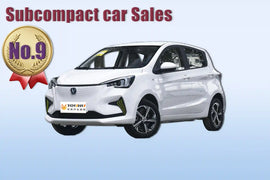
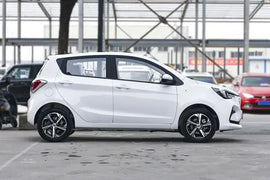
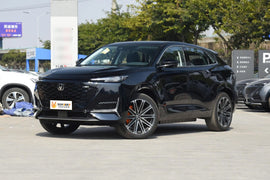
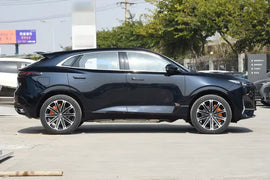
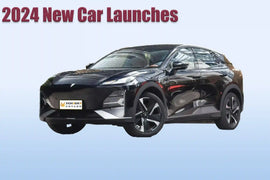
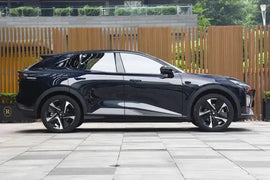
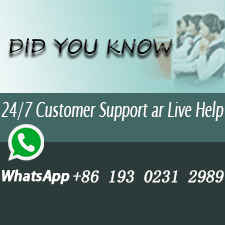
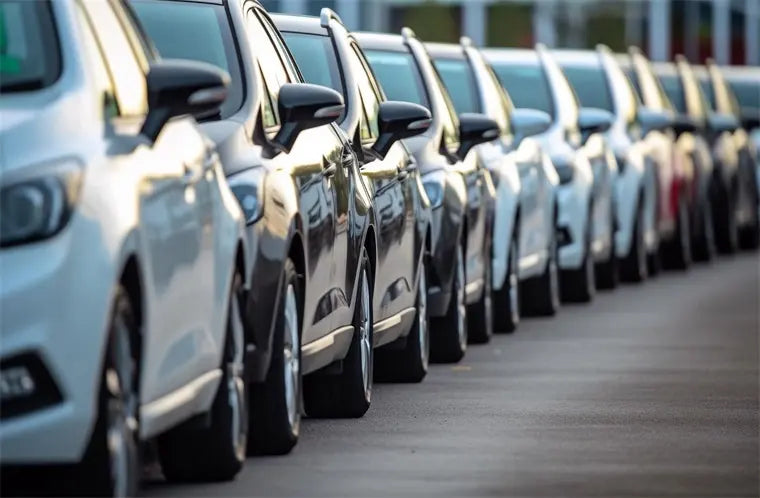
7 comments
I am from South Africa
I am interested in importing vehicles t
May you please send me information
Thank you
Regards
@ 1xcasinouz so happy to get your news, and look forward to the opportunity for sincere cooperation with you
hello,@1xcasinouz my friend,so happy to get your news, and look forward to the opportunity for sincere cooperation with you
hello friend @ MAX KURI, if you interested in purchasing used vehicles from china to Papua New Guinea,conect youhu anto workers, It’s posible to come ture!!It,s good business!
I’m interested in purchasing used vehicles from china to Papua New Guinea so I’m asking would that be possible?